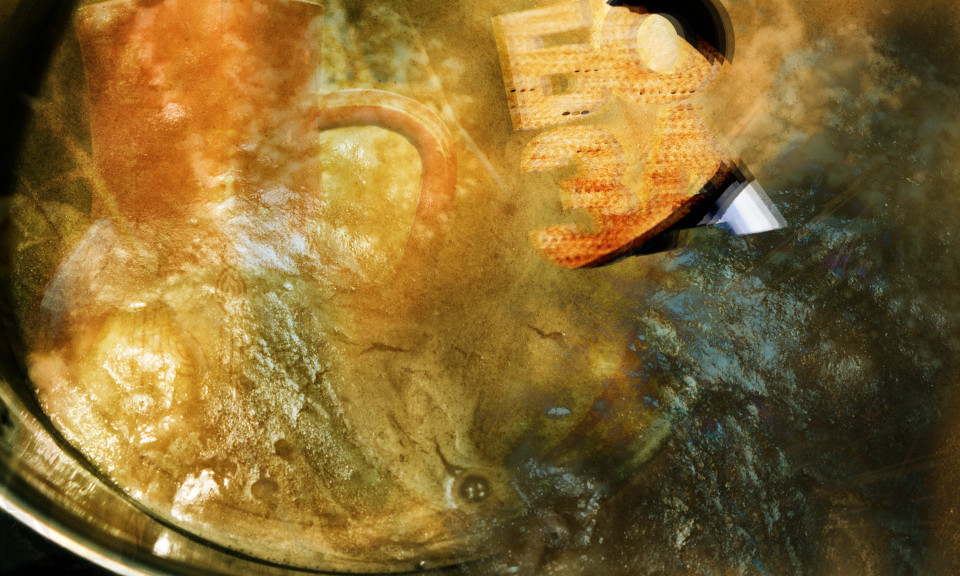How do you make boza at home?
For 1 liter (1 quart) of boza:
Spring or filtered water…900 mL
Whole-grain flour…100 mL
Honey…100 mL
Sediment from old boza (zakvaska…culture…also known as starter)…48 mL
Boza. The word alone sounds strange and somewhat funny: боза-бозайник-бозая.1 That’s full boza.2 Certainly no one needs to be told that regular consumption of boza by women leads to enlargement of the bust. For men, no benefits are reported…
This living drink is rich in fiber, minerals, vitamins, enzymes, and beneficial bacteria for the intestines. It’s made in many places across the world: most popular, perhaps, in the Balkans. But also known in the north, where they soak toasted rye bread in sweetened water and let it gently ferment (квас3 in Russia). In Turkey, the recipe calls for bulgur.
Ambrosia! Winter is the season to make boza. It could be from wheat, barley, rye, oats, corn, or millet. Homemade lager4 in the cold. As you wait, it develops its own particular aroma of lacto-bacilli and wild yeast. It has a pleasant, sweet-sour, lightly carbonated taste.
To make boza, heat the whole-grain flour in a pot or another convenient place (such as in the oven at 150° C), toast to the desired degree, stir often and watch that it doesn’t burn. Add the water, creating a thin slurry. Simmer the mixture for 5-10 minutes, and again, stir often (it has the tendency to settle at the bottom). Allow it to cool to body temperature—put a few drops on your inner wrist, it shouldn’t burn—and add the starter boza and honey. Once again, mix it well. Keep it in a cold place and test every day to see if it’s ready.
Before consuming, pour off (decanter) the top liquid layer and keep the grainy sediment for starting the next batch. Store in the dark. How long it will keep depends on the taste and average temperature, but in general it can be stored for a few days up to a week.
In regards to the culture or “starting the starter.” For the first inoculation of the boza, it’s easiest to get a small amount from a friend who has already started her own batch of boza. However, it’s possible to make starter on your own: simply mix 50 grams of toasted flour with 60 grams of spring water and 1 teaspoon of honey and keep it (in a covered container) at room temperature until bubbles appear and it smells like boza.5If you put a lid on the container, do not tighten it. Stir it every day. If you worry there may be mold, or if there are colored spots or a bad smell, it’s best if you start over. If there are problems with the starter, increase the volume (try doubling or tripling the recipe) and always use natural6 whole-grain flour (rye) and spring water.
Nazdrave!7
- Boza-bozajnik-bozaja. Бозайник means mammal, and бозая means to suckle.
- To say something is full boza could be literally translated as “total pablum,” and its usage is similar to “hogwash,” “bullshit,” or “hot air.”
- Kvas: yeast or culture (as in, yeast for bread or sourdough culture).
- The fermentation process creates a small amount of alcohol. The final drink should be around 1-1.5% alcohol (or higher, up to 4%). Technically speaking, because boza is fermented at cool temperatures, it would be considered a lager. However, the taste and experience of drinking boza is more like a refreshment, soda, or smoothie.
- For those who don’t know what boza smells like: it should be fresh, pleasant, and sweet smelling, and at the same time it should have a lightly sour or acidic component.
- i.e. no additives, 100% whole grain flour.
- Used as a toast, as in “cheers!” Literally translated “of health” or “to health!”

